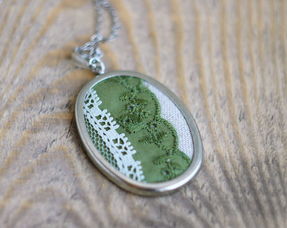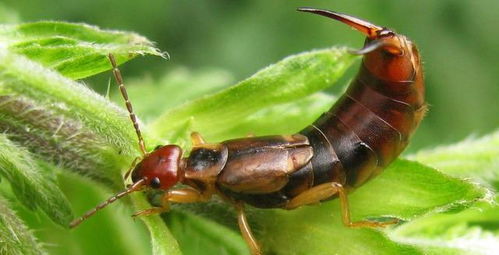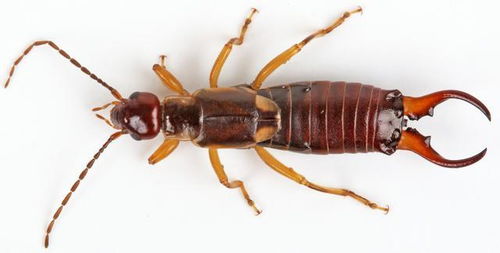
Green Lacewing Bite: A Detailed Look into the World of Insect Bites
Have you ever wondered what it feels like to be bitten by a green lacewing? These tiny insects might not be as well-known as mosquitoes or bed bugs, but their bites can certainly leave a mark. In this article, we will delve into the world of green lacewing bites, exploring their characteristics, symptoms, and how to deal with them.
What is a Green Lacewing?

Green lacewings, scientifically known as Chrysopidae, are a family of insects that belong to the order Neuroptera. They are named for their delicate, lacy wings, which are often green in color. These insects are commonly found in gardens, meadows, and forests, where they feed on aphids, mites, and other small insects, making them beneficial to have around.
How Do Green Lacewings Bite?

Green lacewings have a unique way of feeding. They use their long, slender mouthparts to pierce the skin of their prey and suck out the juices. When they bite humans, they may do so accidentally while feeding on plants or other insects nearby. The bite is usually painless, but it can leave a small, red mark on the skin.
What Are the Symptoms of a Green Lacewing Bite?

Most people who are bitten by a green lacewing do not experience any symptoms. However, some may notice a small, red bump on the skin where the bite occurred. This bump may be itchy or slightly swollen, but it typically resolves on its own within a few days. In rare cases, individuals with sensitive skin may experience a more severe reaction, such as an allergic reaction or an infection.
Here is a table summarizing the common symptoms of a green lacewing bite:
| Symptom | Description |
|---|---|
| Red bump | A small, red mark on the skin where the bite occurred |
| Itching | The area around the bite may feel itchy |
| Swelling | The area around the bite may become slightly swollen |
| Allergic reaction | In rare cases, individuals may experience an allergic reaction, which can include hives, difficulty breathing, or swelling of the face, lips, or throat |
| Infection | In rare cases, an infection may develop if the bite is not properly cleaned and cared for |
How to Treat a Green Lacewing Bite
Since most green lacewing bites are harmless, treatment is usually not necessary. However, if you do experience symptoms, here are some tips to help alleviate discomfort:
-
Clean the bite area with soap and water to prevent infection.
-
Apply a cold compress to reduce swelling and itching.
-
Take an over-the-counter antihistamine to relieve itching and swelling.
-
Keep the bite area clean and dry to prevent infection.
Preventing Green Lacewing Bites
Since green lacewings are beneficial insects, it is best to avoid killing them. However, if you want to prevent them from biting you, here are some tips:
-
Wear long sleeves and pants when working in gardens or outdoor areas where green lacewings may be present.
-
Use insect repellent containing DEET or picaridin to deter green lacewings and other insects.
-
Keep your garden free of aphids and other insects that green lacewings feed on, as this may attract them to your area.
Conclusion
While green lacewing bites may not be as common as other insect bites, they can still cause discomfort for some individuals. By understanding the characteristics of these bites and how to treat them, you can better manage any potential issues that may arise. Remember, green lacewings are beneficial insects, so it is best to avoid killing them







